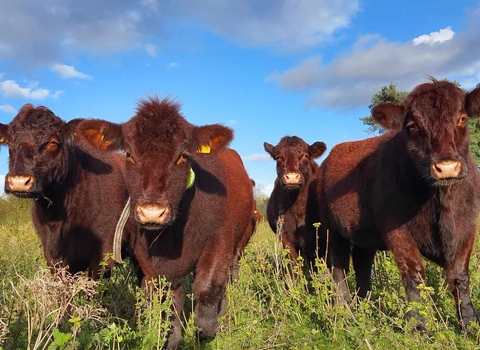A Natural Solution to Restore Our Wild Places
Nature grazing is the method of using low intensity grazing by livestock to help restore damaged habitats. Grazers limit growth of encroaching scrub and trees and as they move across sites they tread in wildflower seeds and create pockets of habitat beneficial for insects.
Our countryside was once rich in wildlife. Birds such as turtle dove, tree sparrow and yellowhammer were common sights, butterflies, bees and other insects filled our summer days, and flower-rich wildflower meadows thrived. Now, the UK is one of the most nature depleted countries in the world. With nature under threat, these sights are becoming rarer, but there is a solution.
Nature Grazing is often the most effective, sustainable and natural way of maintaining and restore wildlife-rich environments such as wet meadows, wood pasture, heathland and traditional wildflower-rich hay meadows.
Our grazing programme
As we seek to find the best ways to restore our damaged landscape and to put threatened species on the road to recovery, working with nature is often the solution. Harnessing rare and traditional breeds of cattle and sheep to graze our nature reserves supports the mammoth task of managing and enhancing our reserves to deliver more for wildlife.
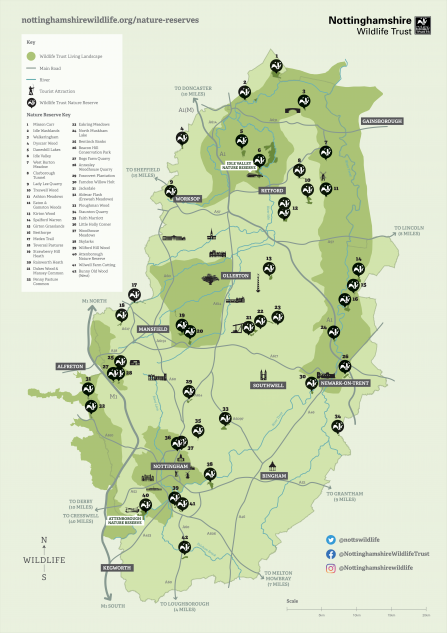
Our estate of nature reserves covers just under 1300 hectares and provides a unique resource for both the county’s wildlife and people. We move our herd of Lincoln Reds and Longhorn cattle along with a large flock of Hebridean and Herdwick sheep between our sites , carefully managing where and when they graze for the benefit of nature.
Nature focused grazing limits the need for use of machinery and human intervention. By embracing natural solutions, we are able to manage these reserves more effectively and sustainably, as well as demonstrating good practice to inspire others.
Meet the team

Photo © Agnes Kiemel
Bio on Hebs and herdwicks
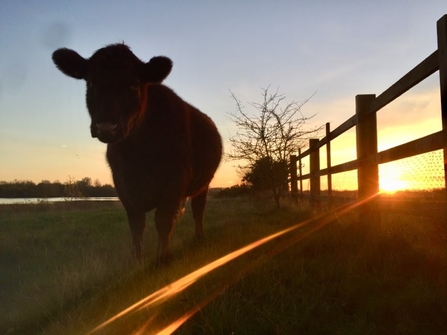
Photo © Agnes Kiemel
bio on long horn and lincs
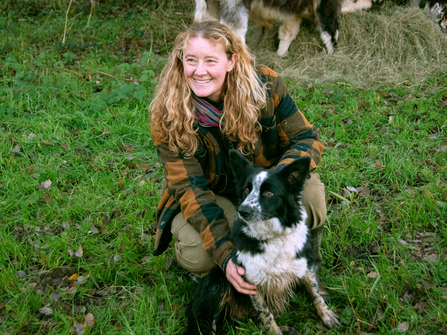
Photo © Sophie Bell
Agnes and sheepdog
Support our work
Donate £25
£25 helps keep our herd and flock well fed, watered, healthy and cared for.
Donate £50
£50 could go towards fencing installation, repairs and replacement, enabling us to graze across more of our reserves.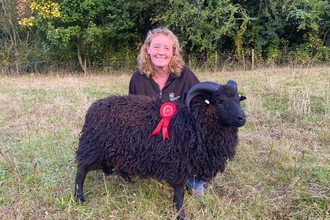
Donate £250
£250 could help fund our livestock manager and sheep dog, keeping our livestock on the moveFind out more
Why do you use traditional sheep and cow breeds?
Throughout history, grazing animals have played a key role in shaping our landscape. They are often the most effective, sustainable and natural way of maintaining wildlife-rich environments such as wet meadows, wood pasture, heathland and traditional wildflower hay meadows.
Cattle are extremely effective managers of wet grassland and wood pasture, limiting scrub regrowth but still allowing some patches of scrub to form, creating nesting opportunities for many bird species. The horns of our Longhorn cattle replicate the action of now extinct wild cattle, the auroch, that once grazed the British Isles. They use their horns to break through and uproot tough scrub and small trees that other cattle breeds would struggle to get through, creating a patchwork of habitats in the process.
Sheep graze differently to cattle, better suited to heathland and grassland areas, nibbling close to the ground to create a short sward, benefiting ground nesting birds such as lapwing. Sheep are easier to move around many of our smaller reserves, where heavier animals could compact and damage the ground.
Our traditional breeds are hardy, and graze reserves throughout the year, often in tough conditions.
Where are your barns and what do you use them for?
Agnes Kiemel, our Conservation Grazing Livestock Officer, has over 20 years’ experience and is supported by colleagues, dedicated local volunteers and her sheep dog, Floss. Agnes and the rest of the team are committed to the welfare of the animals and to ensuring the reserves are grazed to benefit nature.
Our grazing programme, including lambing and calving, is based at our barns at the Idle Valley Nature Reserve in north Nottinghamshire. In the spring, the barns are used for lambing and calving
Our nature grazing successes
At our Idle Valley Nature Reserve, our longhorn cattle graze in harmony alongside Eurasian beavers - re-introduced to help control scrub in a 58ha wetland enclosure. The cattle are helping to restore the area as a unique and extensive wild bird haven, home to bitterns and marsh harriers. Elsewhere, cattle are helping improve habitat for rare turtle doves at one of their last remaining breeding sites in Nottinghamshire.
Which reserves benefit from nature grazing?
We move our livestock around many of our grassland and wetland nature reserves, including Attenborough, Besthorpe, Skylarks and Idle Valley Nature Reserves.

